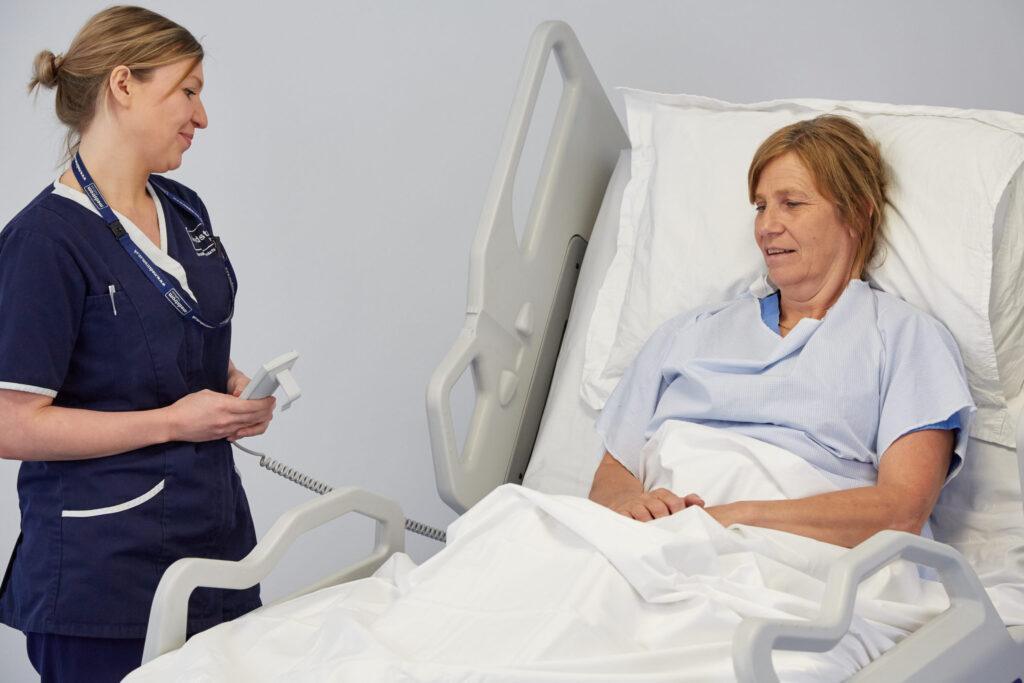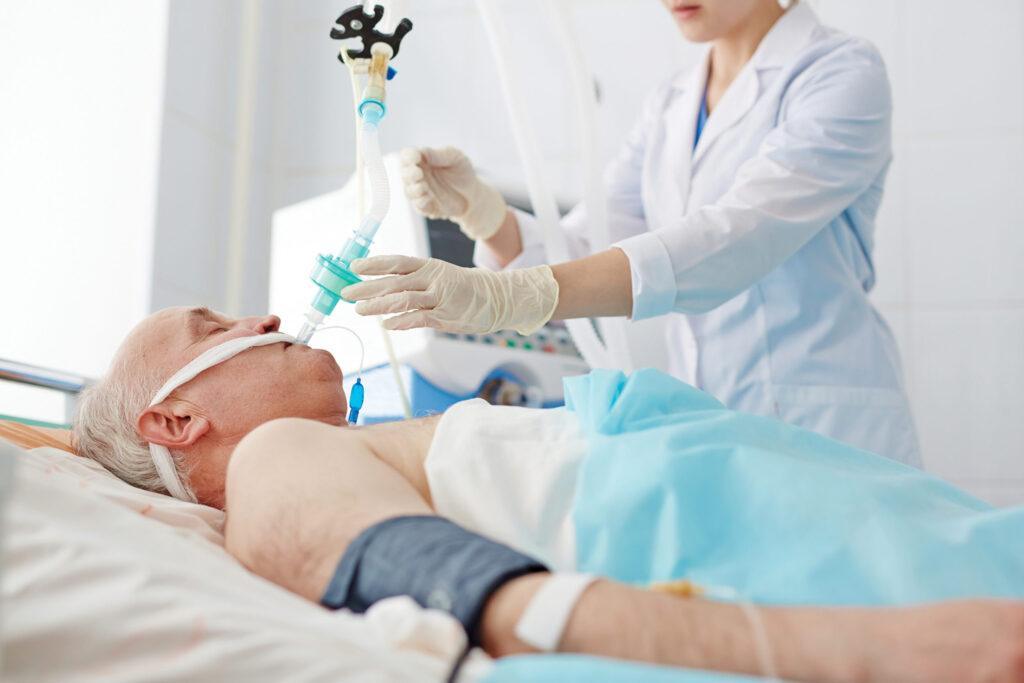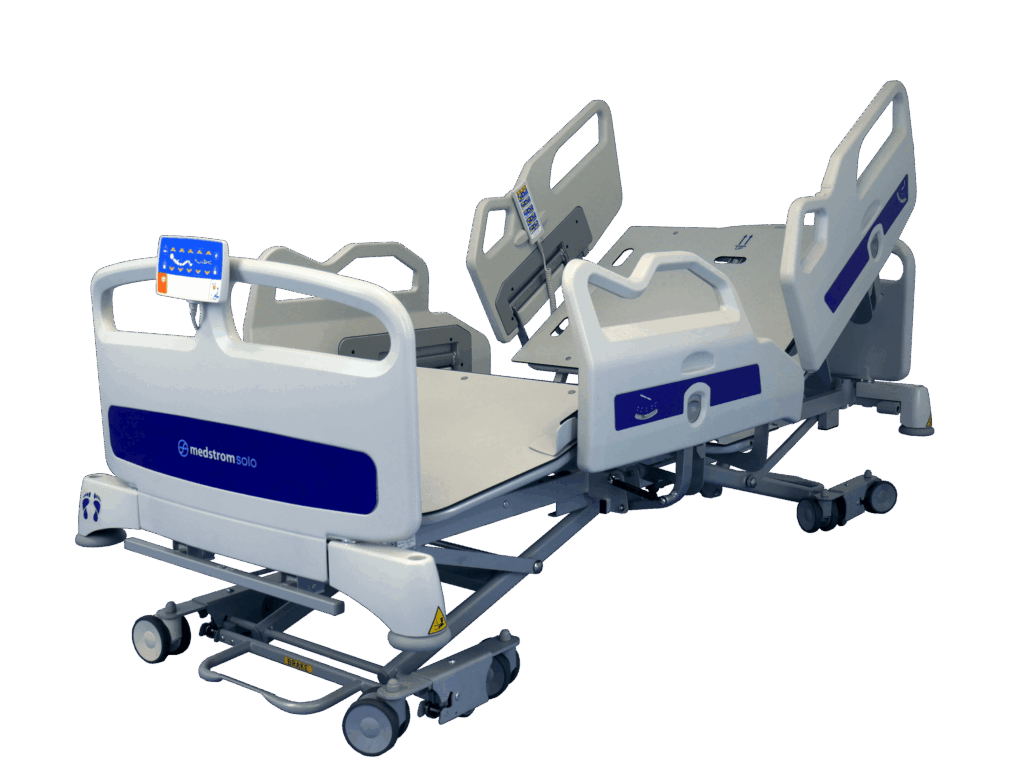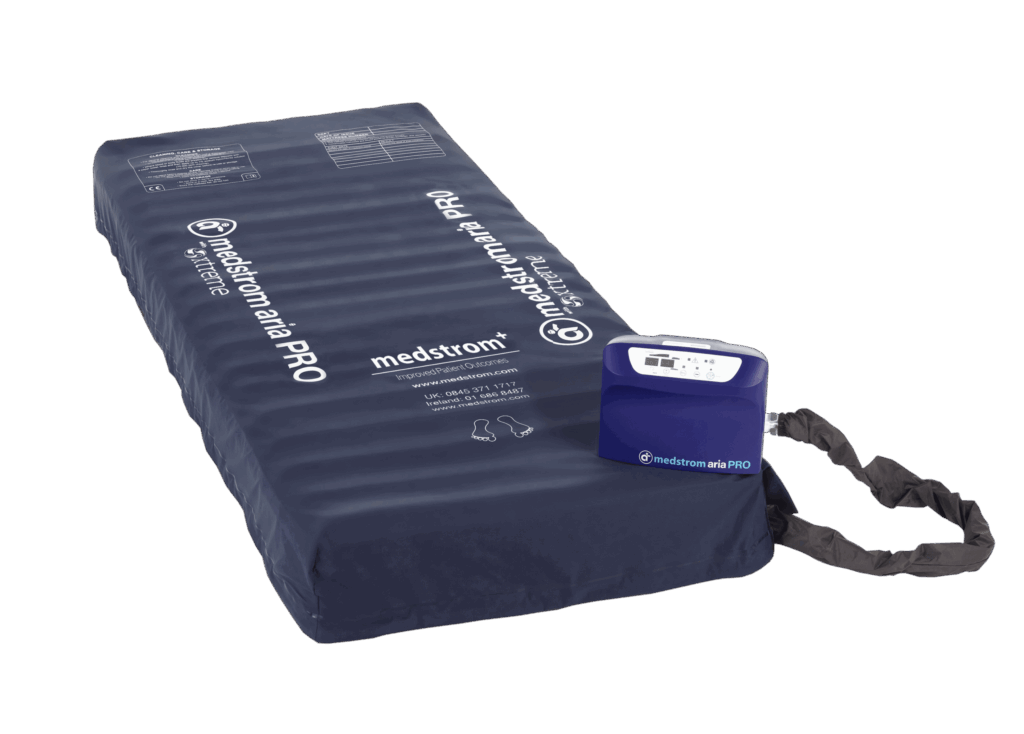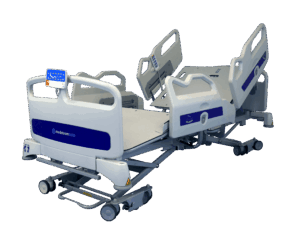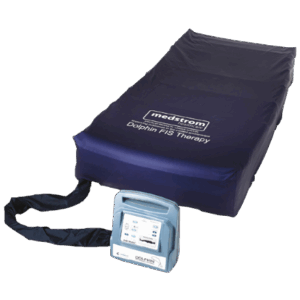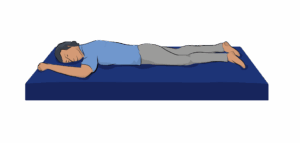
Part 1: What Are the Risk Factors in Pressure Ulcer Development?
Part 1: Patient Risk Factors
Current evidence suggests that despite extensive pressure ulcer management and prevention programmes about 1,700 to 2,000 patients a month develop a pressure ulcer1. Considering the figures and patient’s potential to develop pressure ulcers, it is important to consider the risk factors. As discussed previously, pressure ulcers develop due to prolonged pressure and the longer this pressure is applied over a bony prominence the higher the pressure will become2. Gefen (2008)3 identified that the development of pressure ulcers can occur between the first hour and four to six hours after sustained loading. Immobility is not a leading cause of pressure ulcers, but in the presence of additional factors it can instigate pressure ulcers4.
The National Pressure Ulcer Advisory Panel (2014)5 states pressure ulcers cannot form without loading, or pressure on the tissues, extended time sitting or lying on a certain part of the body and failing to redistribute the pressure can cause ischemia leading to tissue damage. The body will usually use pain as a signal that the pressure has been exerted for too long to trigger movement6. It is important to consider that patient may not be able to self-mobilise and that pain may be a factor for limited mobilisation due to discomfort7. Patients may also take regular analgesia which may impede the early warning signs of pain it essential to consider this with patient management7.
Other risk factors may include the absence of sensation e.g. spinal injury patients. In this case, it is likely that pain stimulus will be lacking so a patient will be unaware of the potential damage occurring and the need to move7. Compromised vascular supply will be further impacted due to additional pressure resulting in an increased rate of skin deterioration7.
Patients who are not compliant with repositioning regimes will require assessment of their capacity and healthcare professionals may need to encourage this as an opportunity to promote change7. The nutritional status is another risk factor to consider; NICE (2014)8 states that all patients are potentially at risk of developing pressure ulcers, however, those with impaired nutrition are at a higher risk.
Pressure Ulcer Development: Part 2
Pressure Ulcer Development: Part 3
